The Inquiry Cycle is a tool to support teacher and student learning—and to make that learning visible—all the while exploring the capacities associated with the Agency by Design framework for maker-centered learning.
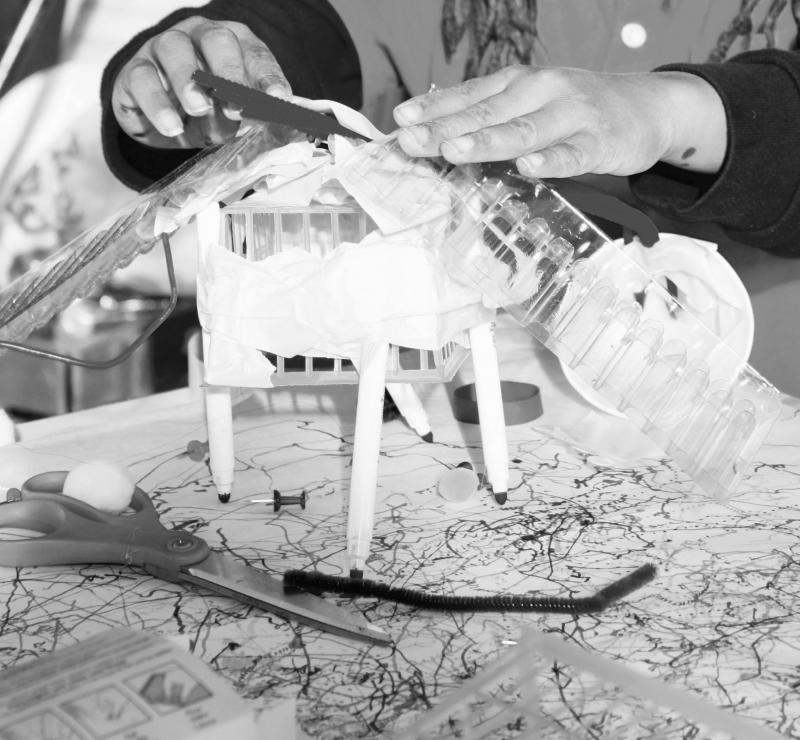
The Inquiry Cycle is a tool to support teacher and student learning—and to make that learning visible—all the while exploring the capacities associated with the Agency by Design framework for maker-centered learning.

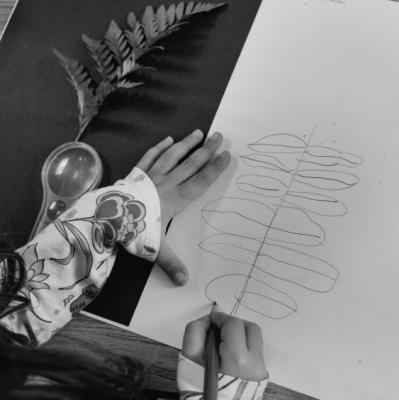
This tool is connected to the Agency by Design Making Moves. The Making Moves identifies three maker capacities that support a sensitivity to design, along with their associated learning moves. Here you’ll find three observation sheets, one for each of the maker capacities: Looking Closely, Exploring Complexity, and Finding Opportunity.
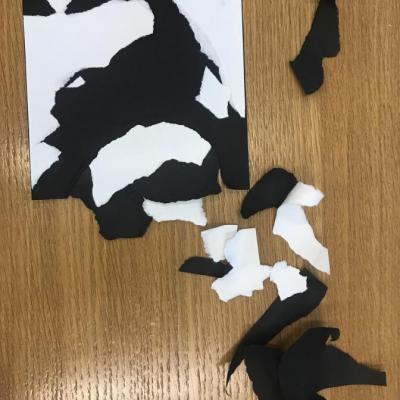
This entry offers a critical perspective of the role of the arts within the popular STEAM agenda. Most loosely defined, STEAM can be understood as incorporating the arts into the STEM (science, technology, engineering, and mathematics) acronym for the purpose of introducing a focus on art and design into these four subject areas. This entry first questions what the A in the STEAM acronym actually represents. The entry then argues that a focus on any discrete set of disciplines prioritizes some domains of practice, while overlooking others. The entry goes on to encourage a more distributed approach to pedagogical practice that is less about establishing catchy acronyms that privilege some disciplines over others – and more about supporting young people and adults in becoming multimodal learners capable of making connections between and beyond the disciplines.
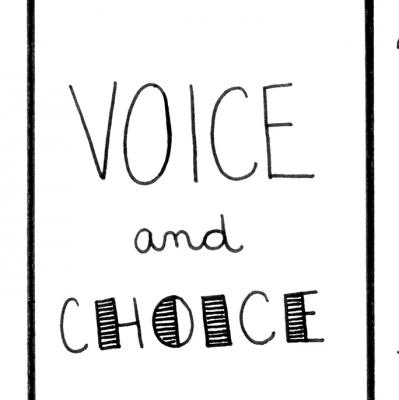
Where are we coming from?
The Agency by Design framework for maker-centered learning and its accompanying practices encourage young people to pay close attention to the designed elements of the world, to deconstruct and reconstruct objects and systems, and to see themselves as participants in reimagining the world and their place within it. The designs that young people explore are not only physical. Thinking routines like Parts, Purposes, Complexities, Parts, People, Interactions and Parts, Perspectives, Me have been used by young people and their educators to look closely and critically at systems of governance and power and the various stakeholders involved in these systems. For example, educators from Agency by Design Oakland, a network established by participants in the AbD Origin Project, apply the AbD framework to support equity, look at power structures, and foster students’ critical thinking.
In collaboration with educators in the broader Agency by Design network and those participating in the Making Across the Curriculum project at Washington International School, the AbD team at Project Zero has been developing new tools and practices to support young people to take an even more critical approach toward design and making in order to both interrogate—as well as embody—design choices that challenge systems of oppression, representation, and power.
Design is not neutral
How might we support young people to develop a critical consciousness when looking at, interacting with, and participating in the designed elements of the world?
Design is not neutral. Making is not neutral. Every choice that a designer or maker makes is made in the context of a set of beliefs and ideas about the world. Design justice, a growing field in the realm of design, focuses on the ways that design perpetuates systemic oppression by looking closely at who benefits from design, who is harmed, and how the design of objects and systems might more equitably distribute design’s “benefits and burdens.” Along the lines of design justice, in pedagogic terms, are notions that creativity is not neutral and that classrooms, specifically classrooms that emphasize creativity, privilege dominant culture’s social and cultural perspectives. With forces of systemic oppression built into the very structure of design and concepts of what constitutes creativity, it is critical to support young people to recognize the importance of questioning design and how the decisions of the makers they encounter relate to and reflect representation and power.
Sensitivity to design also means a sensitivity to what is not built-in
Agency by Design defines Sensitivity to Design as "learning to notice and engage with one's physical and conceptual environment by looking closely and reflecting on the design of objects and systems, exploring the complexity of design, and finding opportunity to make objects and systems more effective, more efficient, more ethical, more beautiful, or more __________."
Perhaps just as important as inviting young people to look closely at the designed elements of the world and report what they notice is supporting them to question what they do not see and why. Cultivating a capacity and inclination to critically consume art, media, and other elements of material culture is a first, or early, step to understanding the ways that design empowers, oppresses, and often reproduces existing power structures. As young people—and all of us—engage with the inherent stories and perspectives of the elements of material culture we encounter, it is important that we are equipped with a critical lens and sensitivity to ask questions like: What information is missing? Whose voices are represented, whose are not, and why?
Voice and Choice, a protocol
Voice and Choice is a protocol for looking critically at a piece of content, considering perspectives and representation, and then redesigning or reimagining that content from one’s own perspective. “Content” might refer to a poem, work of art, historical essay, social media post, architectural structure, news article, piece of digital media, environmental plan, etc.
Learners begin by looking closely at a piece of content and then they do the following:
Download the full protocol along with suggested practices for using the protocol. Download the Voice and Choice Learner Workbook, co-created by Julie Rains. Below are three snapshots from the Learner Workbook.
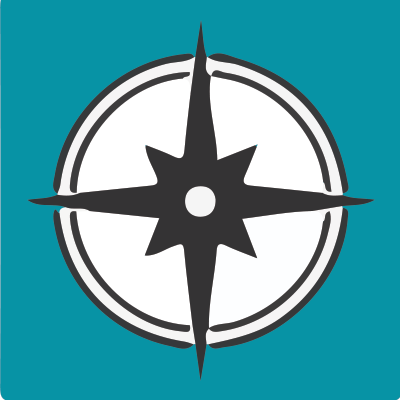
This tool guides young learners to look closely at a system and explore its complexity by directly experiencing the system and reflecting on that experience. This is particularly helpful when working with very young students who may struggle to conceptualize a complex system without direct experience. In addition, this tool provides suggestions for making student thinking visible by encouraging students to share their ideas and learn from each other.
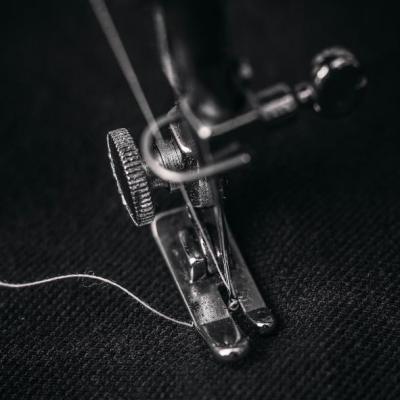
This routine encourages learners to consider the different and diverse perspectives held by the various people who interact within a particular system.
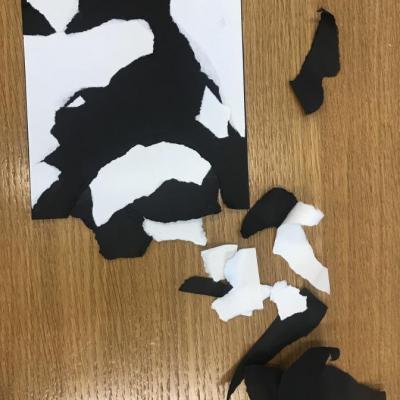
This entry offers a critical perspective of the role of the arts within the popular STEAM agenda. Most loosely defined, STEAM can be understood as incorporating the arts into the STEM (science, technology, engineering, and mathematics) acronym for the purpose of introducing a focus on art and design into these four subject areas. This entry first questions what the A in the STEAM acronym actually represents. The entry then argues that a focus on any discrete set of disciplines prioritizes some domains of practice, while overlooking others. The entry goes on to encourage a more distributed approach to pedagogical practice that is less about establishing catchy acronyms that privilege some disciplines over others – and more about supporting young people and adults in becoming multimodal learners capable of making connections between and beyond the disciplines.
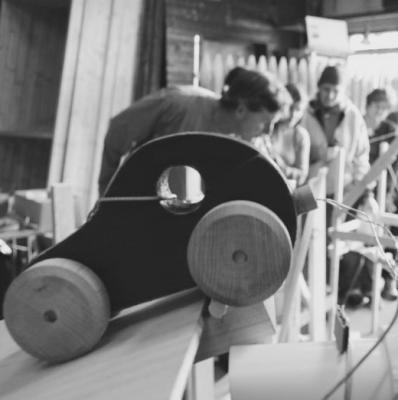
This practice supports co-inspiration and the cross-pollination of ideas during maker-centered group work.
